As I am reading posts written by my fellow bloggers, I’m getting chills. There is so much copyright infringement – and as I’m afraid that the ‘offenders’ don’t breach the law on purpose, read this post on how to avoid it.
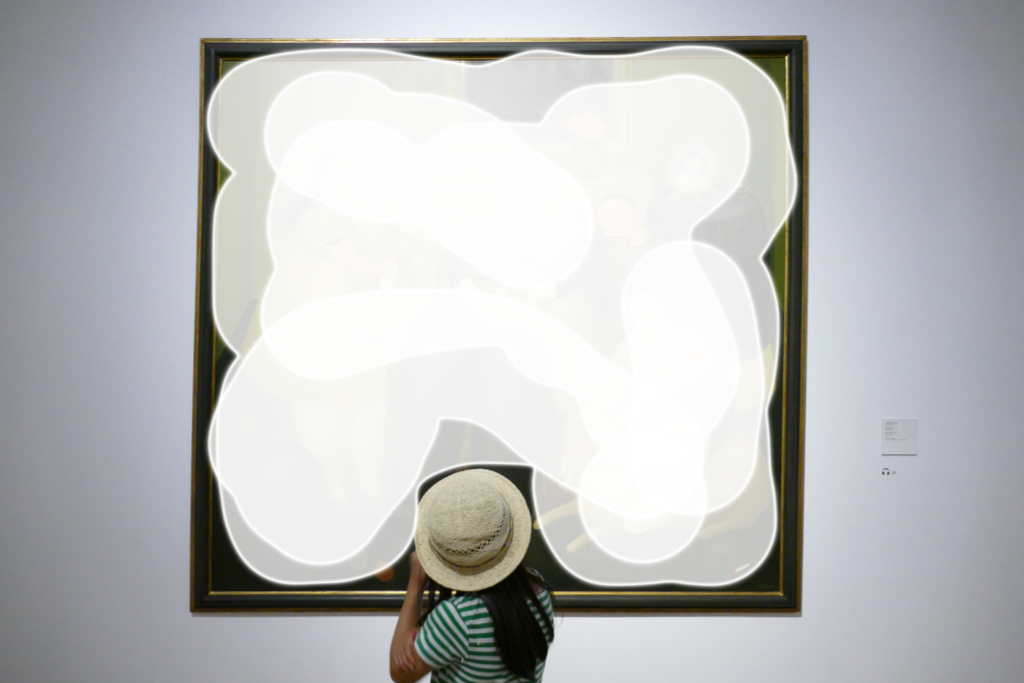
After I’ve notified some of those bloggers time and again individually, I finally decided to put my tips into writing for everyone.
Legal Notice
With this post, I want to raise awareness among bloggers and micro-publishers for unintentional copyright infringement and how to avoid it. However, before digging deeper into the topic, I have to point out that I’m not a lawyer. Hence, this is no official legal advice. Also, things might differ in various countries and change over the years. Therefore, I’m providing this information and tips as a convenience and for informational purposes only. Most of all, I bear no responsibility for the accuracy and legality. However, I’m working in journalism, and therefore I got to learn a thing or two about copyright. Also, I’m often doing some research before posting pictures on my own blog. Therefore, I’m sharing with you what I’ve encountered regarding the publishment of some popular motifs.
Intellectual Property
Firstly, we need to define what we are referring to as copyright. Copyright is actually a number of rights a creator automatically holds of his own creation, his intellectual property. This can be a painting or design, a text or a photograph, a melody, or a movie. Apart from the right to copy the work, it defines also its distribution and publication. So the copyright allows the owner to choose if and in which way copyrighted works are made available to the public.
As you enter a store and look at the merchandise, it’s evident that this stuff doesn’t belong to you as long as you don’t pay for it. It is the shop owner’s property.
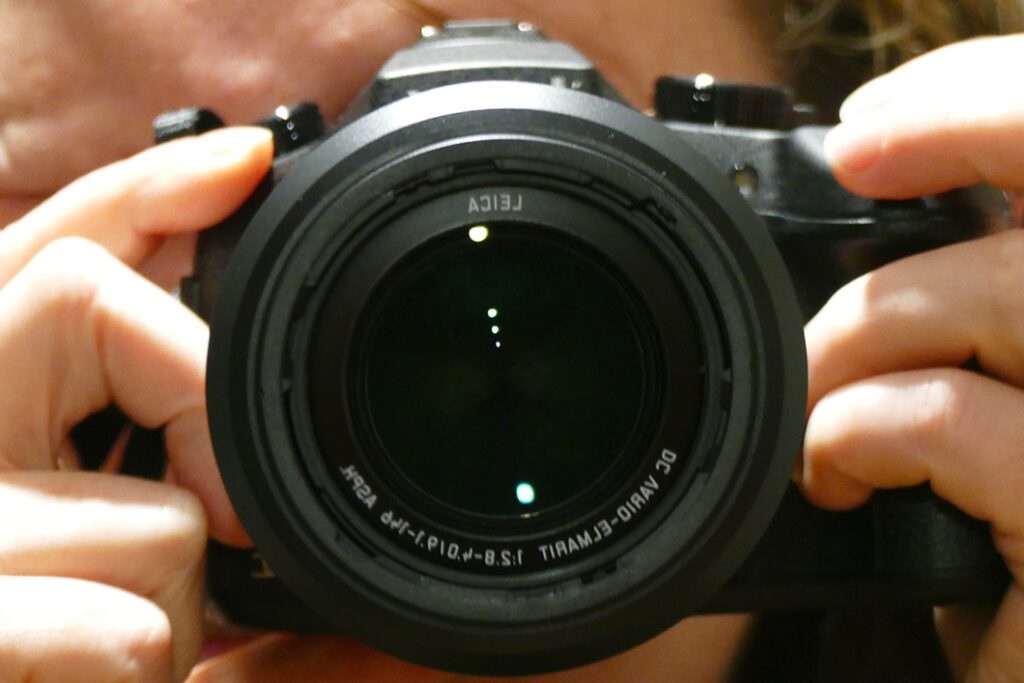
If a person creates something – let’s say a text or a picture – you might not be able to touch it like the merchandise at the above-mentioned shop. Yet, it is the creator’s property. Hence, just like the stuff at the store, it doesn’t belong to you. You are not allowed to use it as you please.
Can’t Touch This
Although intellectual property is often intangible, property rights apply, and writers, photographers, or developers own them. Their products are, for example, texts, pictures, melodies, programs – and even ideas.
Usually, in many countries, this copyright protection applies during the creator’s lifetime and then 50 years post mortem. In some countries, this period is longer. For instance, in the United States and in Germany, it’s 70 years, in Mexico even 100.
The biggest problem here is that even some of the most honest people on the planet are not aware of committing a felony by – yes: stealing! – intellectual property.
You need to start to think of all the above-mentioned intangible products as…products.
If you don’t take something at a store just because you like it or it suits you so well, you shouldn’t do that with pictures on the internet, either.
Photos found on the Internet
So I hope that I’ve explained graphically enough why you should never use pictures you’ve found on the internet just because you like them and they’d illustrate your blog post so nicely.
However, in the above paragraph, I rather stretched the moral point of the matter. But there is also the legal side, obviously.
Even if you credit the photographer or his agency, you can be sued and fined.
Again, I’d like to compare this behavior to shopping at a store. At the grocery store, it’s certainly not okay to take that fancy French cheese by shouting out loud “Hey, I’m stealing this cheese and I really thank the shop owner for it. I’m herewith stealing this artisan cheese at Harvey’s Deli.”
Do you think Harvey would hold the door for you? Would it really surprise you not getting away with it?
First Things First
Therefore, every time you intend to use any material that’s not yours, you need permission – preferably written – from the author in advance. You cannot just presume that Harvey will feel flattered that you like his cheese so much so that he’ll give it to you for free. Hence, chances are you have to pay a fee for pictures you found on the internet.
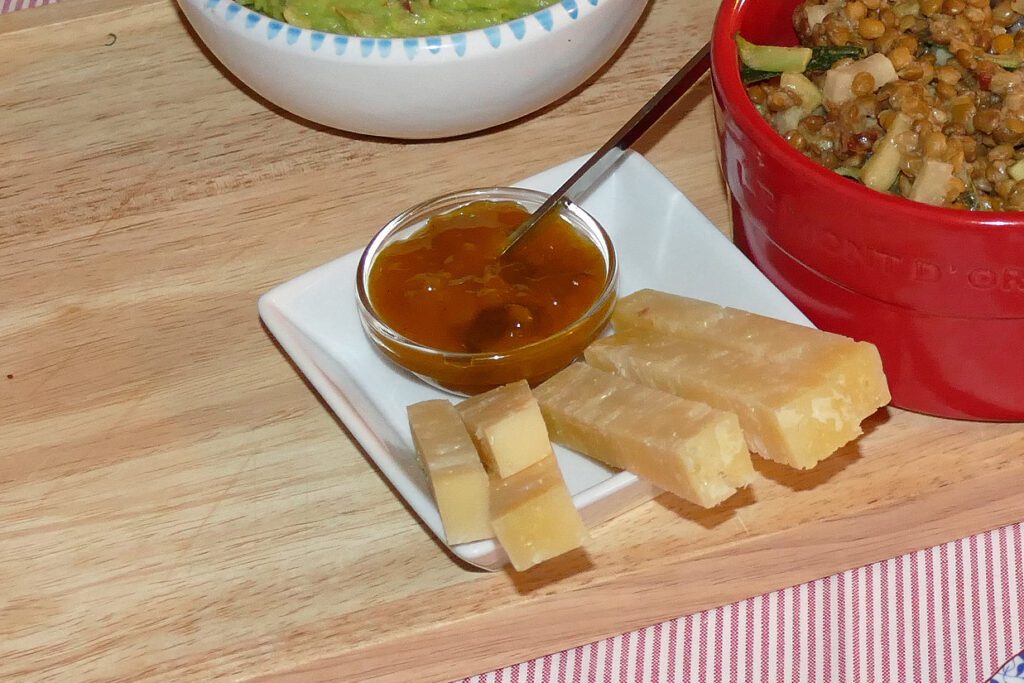
My blood froze when I saw a picture on a blog that was credited to Getty Images. Getty Images is one of the most important media companies and they operate in a highly professional fashion. If you violate their copyright by posting their pictures on your blog, your case will be David against Goliath. You cannot just download their pictures, credit them, and hoping for the best – unless you own a diamond mine.
And while the big players have more means and better lawyers to sue you, the same rights apply for some unknown photographer or blogger. If you use their material, you might get in big trouble.
Free Stock Photos
Also, don’t be too sure that you’re safe when using supposedly free pictures from platforms like pixabay or pexels. Yes, they offer those pictures for free and even explain in which way you can use them. However, as long as you don’t have written permission from the photographer, you actually cannot be sure.
Furthermore, don’t forget that permissions might be just temporary and limited to certain ways of publishing. And don’t even think about blaming the platform as something goes wrong. You as the publisher are always responsible, no matter what. Regardless of being unaware of the infringement.
Actually, you should never presume that what you find on the internet is automatically legal and good to publish. The best example is this very post. Ironically, for this post, I downloaded great samples for what cannot be legally distributed right from the above-mentioned platforms!
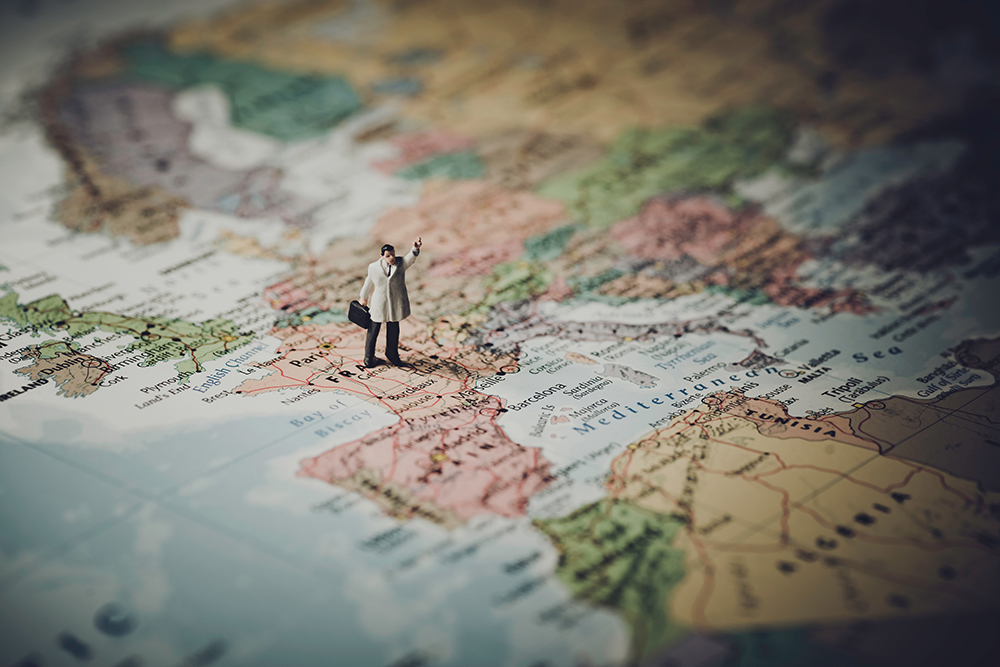
(Photo: slon_dot_pics from Pexels)
I personally do use free pix from time to time, nevertheless, I try to avoid it wherever I can. Not only because of the legal insecurity but also for esthetic reasons. It’s so boring seeing this one picture of a hand holding a globe time and again.
Don’t Touch It
Above, I’ve mentioned that photo platforms define how you can use a picture. That’s actually a crucial point when it comes to infringement. It’s a big difference if you use a photo privately or commercially. And don’t forget that it’s not you who defines whether publication on a monetized blog is commercial or not.
Also, check thoroughly if you are allowed to alter the picture you’re using. In general, it’s not allowed to alter’n’edit other photographer’s pictures. And I’m not talking about erasing parts of the motif or the like. If, for instance, you need to change the format for your blog, this already might be forbidden.
As I said, using material that is not yours is a minefield.
Printed Props
I hope that many bloggers were more or less aware of the above-described scenarios: You don’t take what’s not yours. Preferably you take your own pictures – and publish them happily ever after.
Nevertheless, copyright doesn’t apply only to the image itself, but also to the subjects depicted. For instance, if you publish a picture of a painting or a statue by a living artist, you might be in extremely hot water. His intellectual property is on your picture, and he did not give you permission to publish it.
I know it sounds absurd and I got an irritated ‘but….’ more than once as I pointed this out.
Take for instance the above-posted picture. The little guy is standing on a printed map. This map was created by a graphic designer and printed by a publishing house. To be honest, I don’t know if either of them is okay with that guy trampling on their map and people like me publishing it on their website. However, since major parts of the map are blurred out, I assume it’s okay. But I’m not sure.
So if there is printed material on your picture, be careful. It certainly should not be the main subject.
Mapping Copyrights
I’ve read a post on the Hiroshima Peace Memorial Museum where the blogger published the picture of the venue’s printed floor map. That was meant to be a lovely service for her readers, however, this is a ruthless violation of copyright.
After I pointed this out to her, she inquired permission from the museum and actually got it.
Problem solved.
Talking about maps, obviously, Google maps comes to mind. Although they hold the rights of their maps, they are pretty generous. Embedding their maps in your posts is not a problem at all. This way, the map you’ve created stays on their server. However, you need to be careful for instance with shots or screenshots of their maps. In any case, those need to be properly credited.
Thankfully, they have a very comprehensive and instructive site explaining their guidelines.
Freedom of Panorama
It might shock you that I have to take this even one step further since also an architect owns the copyright of his buildings. And if he registered his work as a trademark, you might not be allowed to distribute pictures of those structures, either.
Also, as the copyright of a landmark can be owned by someone else, you as a photographer do not have the right to publish it. A great example is the Little Mermaid in Copenhagen – we get to that one in my list of the most prominent examples below.
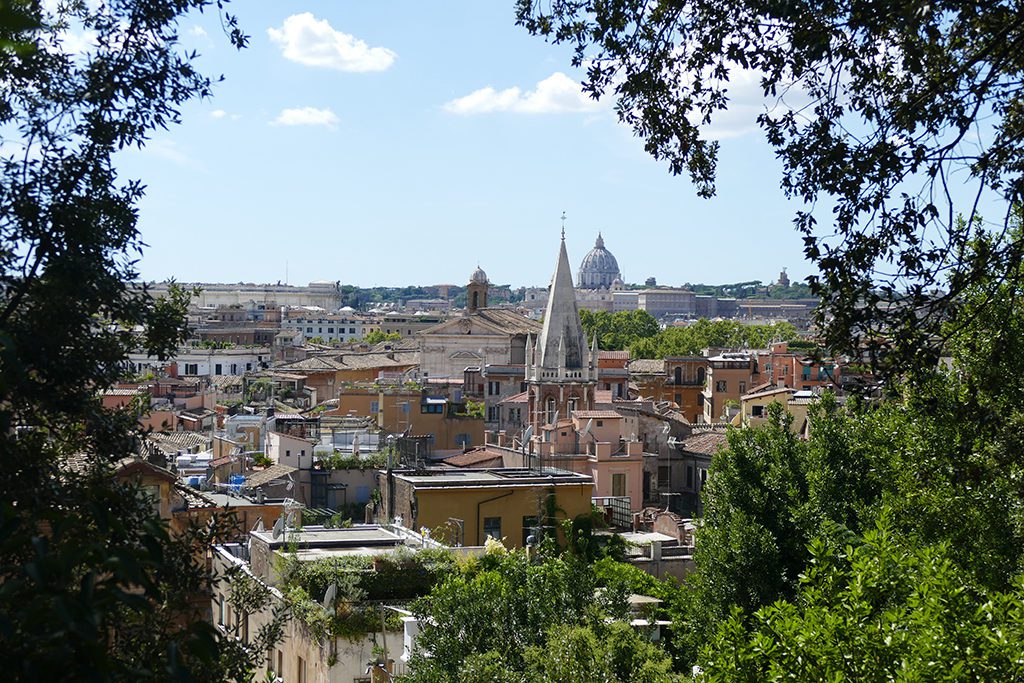
But does this apply to all buildings and every landmark? No, this applies only where there is no freedom of panorama.
Works permanently located in parks or on streets, squares, or other public thoroughfares may be freely reproduced, distributed, and shared as paintings, drawings, photographs, and videos.
However, even when the picture is released for free usage, it might still be forbidden to share it commercially, unless the copyright owners of the subjects in the image sign a release.
Even in countries with no freedom of panorama, taking pictures of cityscapes is usually tolerated as long as particular buildings are not the primary subject of the image. This needs to be evaluated on a case-by-case basis. A good example is the Louvre Pyramid in Paris.
Most Common Traps
As a matter of fact, there are many more or less tricky minefields when it comes to copyright infringement. The best way to avoid them is through thorough research. A great tool might be a list put together by Intellectual Property Wiki in cooperation with Getty Images/iStock. There you find detailed info on the legal status of photographing architecture, artwork, landmarks, people, and much more.
Another reliable source of information is Creative Commons. There you’ll find everything you need to know about rights and licenses – and they have a great picture base, too.
Below, you find seven examples where even you might have breached copyright laws. According to this list, you might want to check your posts.
By the way: While doing research for this post, I stumbled over two copyright infringements I myself committed unintentionally. It’s a dangerous world out there.
Barcelona: Casa Milà (La Pedrera)
Casa Mila, also known as La Pedrera, is one of the most important landmarks of Barcelona. This modernist building was designed by the famous architect Antoni Gaudí and opened in 1912.
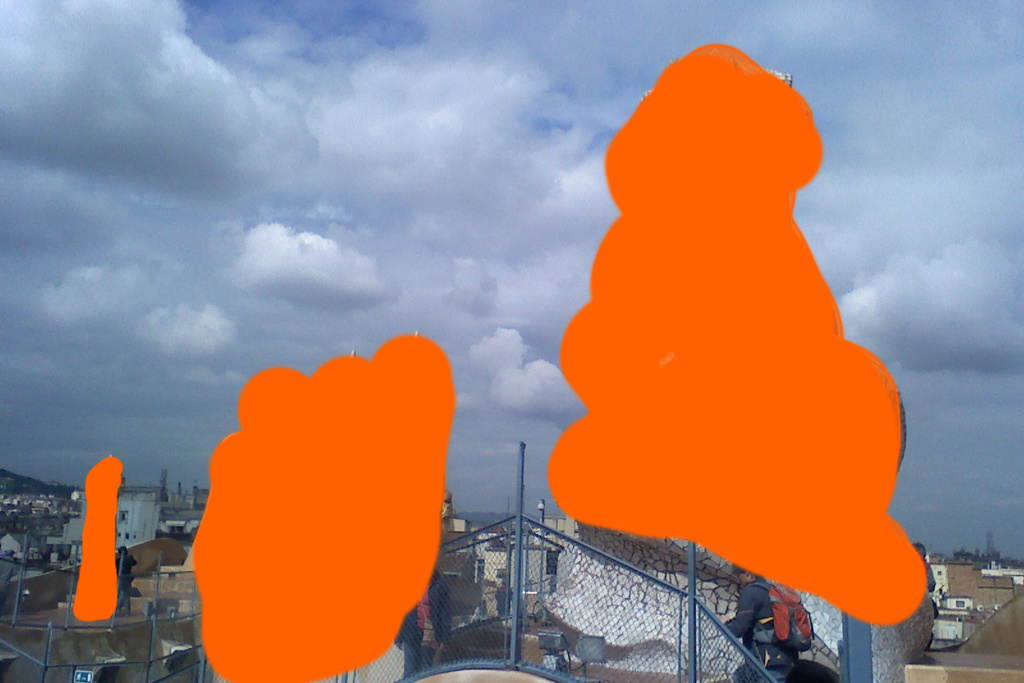
The Fundació Catalunya – La Pedrera has recently registered a design mark, hence, the building is now trademark protected. However, there is Freedom of Panorama in Spain which allows you to photograph and distribute works permanently located on streets, squares, parks, etc. Pictures of the interiors, however, are a whole different story.
Brussels: Atomium
The Atomium was erected in 1958 as the Expo took place in Brussels. It was designed by the engineer André Waterkeyn and built by architects André and Jean Polak.
André Waterkeyn died in 2005. According to Belgian law, the image of the Atomium is protected by copyright until 2075.
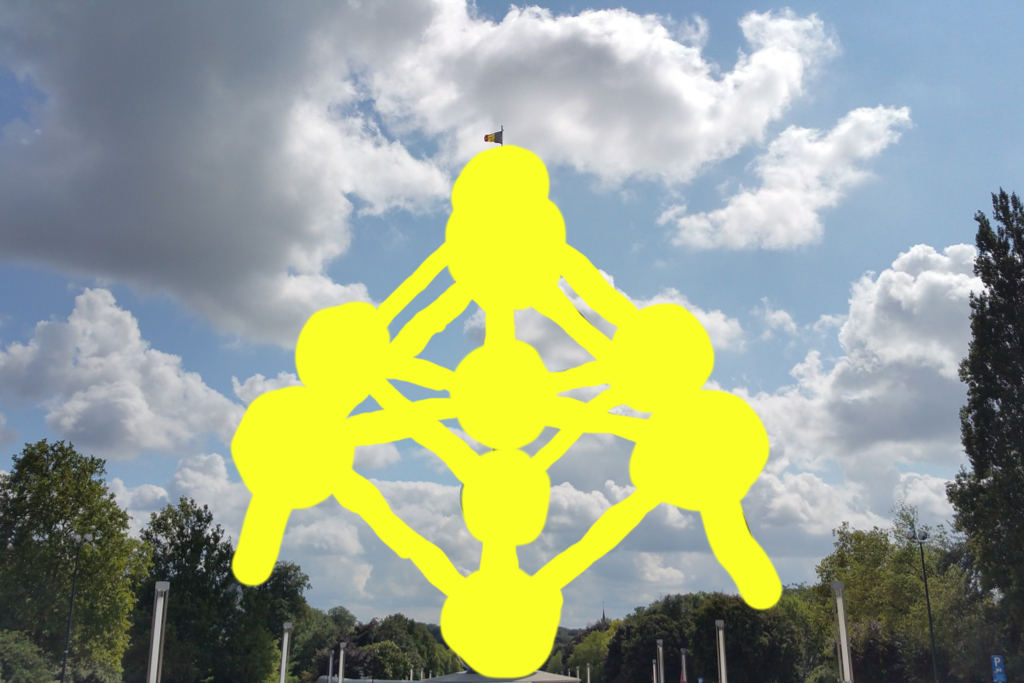
The Organization for the Protection of Copyright SOFAM and the non-profit organization Atomium are managing the rights now.
Since 2016, there is Freedom of Panorama in Belgium, nevertheless, any use of the image of the Atomium must be approved by the SOFAM respectively the Atomium prior to publication.
Copenhagen: Little Mermaid
Another world-famous landmark, namely the Little Mermaid statue in Copenhagen, can’t be photographed for a publication of any sort, including editorial purposes.
According to copyright law, photos of public artwork can’t be used for commercial purposes. In Denmark, the use of pictures in media is considered a commercial purpose.
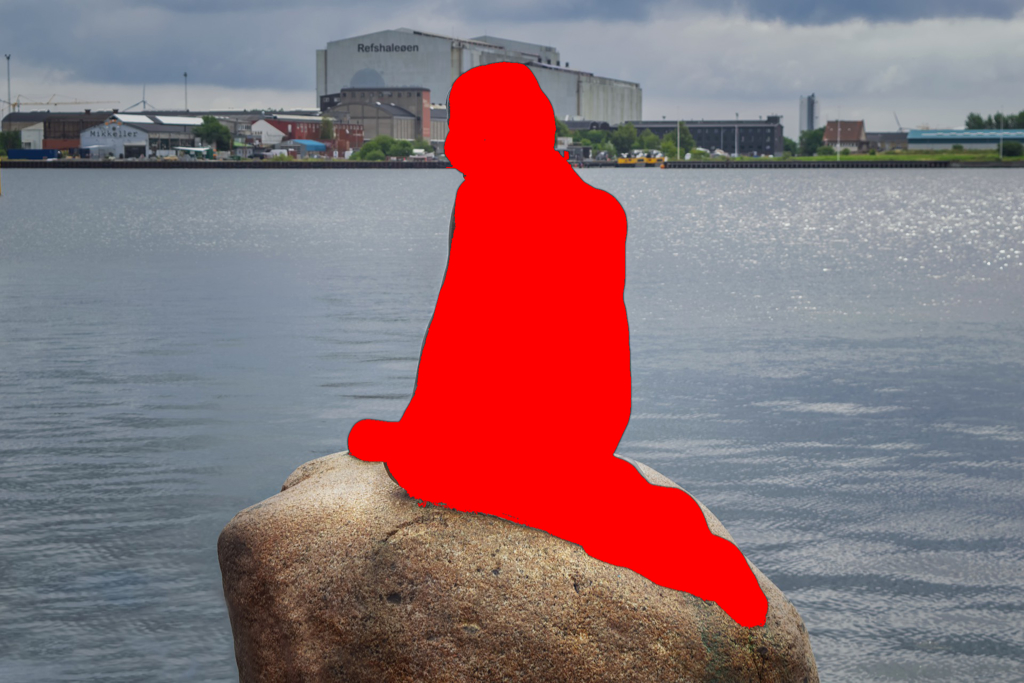
The sculptor Edvard Eriksen died in 1959 and since then, his family is holding the copyright of the statue. And they are infamous for being extremely protective and fussy. Many Danish news and media outlets have received fat invoices – of the equivalent of up to 1,800 US$ – for using a photo of the Little Mermaid.
Do you really feel like fighting with the Eriksen family over whether your blog is commercial or not?
I don’t.
You might find this crazily exaggerated, however, I would keep photos of the Little Mermaid hidden in my photo folder since these heirs mean business.
Recent Trouble
Recently, the small harbor town Asaa had to fight a copyright battle with the Eriksen bunch. They actually ordered the town to destroy a statue of a mermaid for being too similar to her famous conspecific in Copenhagen.
The newest member of the mermaid clan has been sitting for four years now on a rock, looking like it has just come ashore. However, the Eriksen family is demanding to remove and destroy the sculpture.
Los Angeles: Hollywood Sign
No, copyright is not just some European quirk. In the above-mentioned list on Intellectual Property Wiki, you’ll find a whole bunch of landmarks in the US that are protected. One of the most unexpected ones might be the famous Hollywood Sign.
The Hollywood sign was erected in 1923 and donated to the City of Los Angeles in 1944. Although the sign should belong to the public, the Hollywood Chamber of Commerce asserts that it owns trademark rights and can charge for the use of images.

Obviously, the major film studios went ballistic from fear that the chamber could demand licensing fees to show the sign in movies and on tv shows. The chamber dropped its requests but was then claiming to trademark the word Hollywood. The chamber followed the necessities for applying for a trademark for a geographical location.
However, editorial use with proper captions is not problematic. Also, as long as the sign is not the main subject of your image but part of the cityscape, you should be fine.
Paris: Lights on the Eiffel Tower
Yap, you can actually have the copyrights on lights. I’m not talking about an artistically designed light bulb, no, I’m actually talking about lights – in Paris, famously the City of….Lights.

Lighting designer Pierre Bideau installed lights that illuminate the Eiffel Tower after dark in 1985. Since that’s an artwork, any photo or video that shows the monument at a time when the lights are on is a violation of copyright.
Paris: Louvre Pyramid
Have you seen that glass pyramid in the courtyard of the Louvre Palace in Paris in photographs? Well, chances are that you’ve witnessed a copyright infringement.
That pyramid was designed by Chinese-American architect Ieoh Ming Pei and opened in March 1989, celebrating the bicentenary year of the French Revolution.
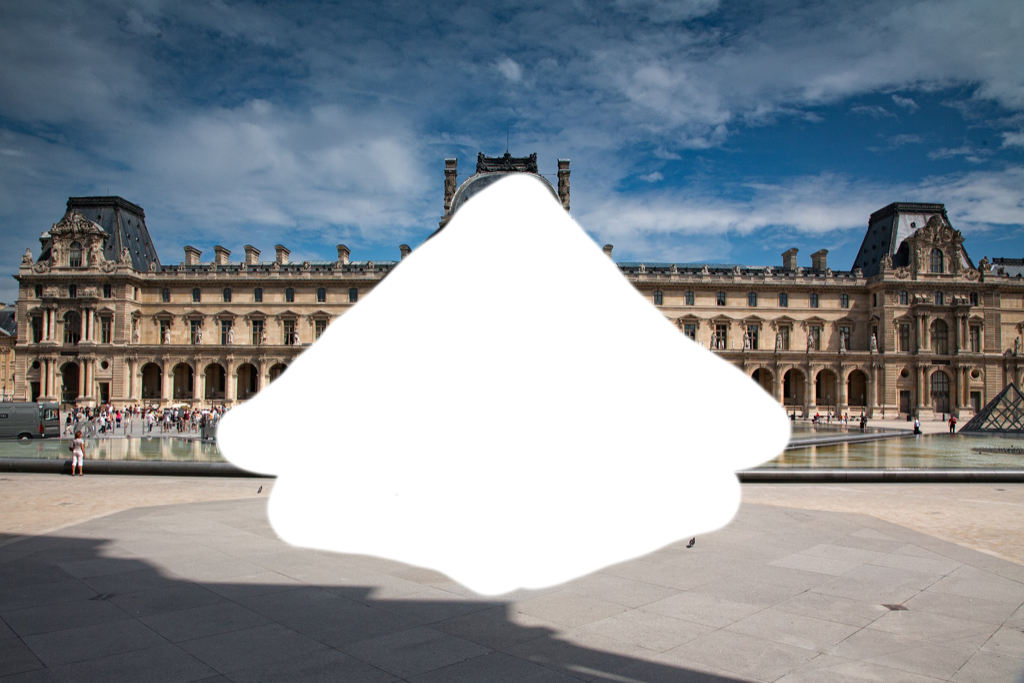
Although Pei passed away in 2019, the Louvre Museum holds the copyright of the pyramid.
The publication of pictures depends on your shot: If it’s taken from far so that the pyramid is just a part of your motif, you should be fine. However, it should not be your picture’s main subject.
If you want to post a close-up of the pyramid, you should send an inquiry to the press department of the Louvre. They will decide on the permissions for publishing.
Vatican City: Sistine Chapel
“Silencio!”, ironically, the loud voice of the Sistine Chapel’s security guards urges you not to be….loud. “No photo!” they add. And even if you’re only looking at your phone, they tap you on the shoulder to deprive you of taking pictures.
The strict prohibition of photography has been enhanced for several decades now. While most visitors assume that this should prevent the flashing of cameras from affecting the art, the real reason is a legal one.
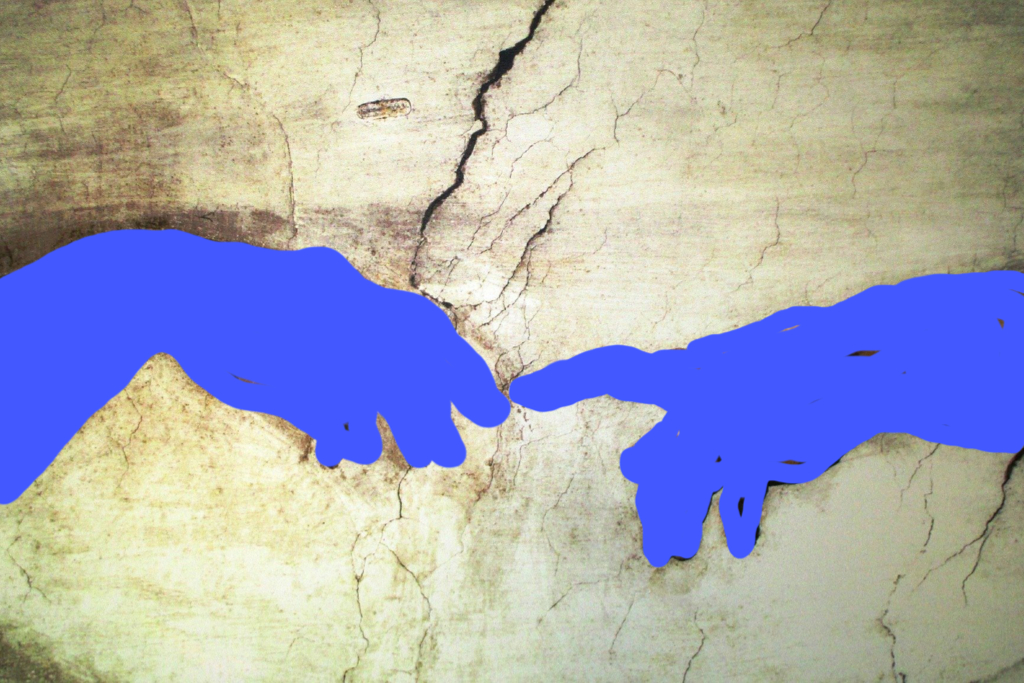
In the 1980s, the Vatican decided to undertake a comprehensive restoration of the paintings in the chapel. To generate funds for this endeavor, they were looking for a sponsor. The Japanese Nippon Television Network Corporation chipped in with 4.2 million US$.
In return for funding the renovation, Nippon TV received exclusive rights to photography and video of the restored art. The company produced multiple documentaries and other publications featuring their exclusive photos and footage of the Sistine Chapel restoration.
As reported in the New York Times, the deal actually lasted only for the restoration period for each section and the three years that followed. The final phase was the famous Last Judgement. It was completed in 1994 so the exclusive NTV rights expired in 1997.
The ban on photography within the chapel remains in effect despite the waning of the terms of Nippon’s deal. Beware that publishing pictures of the chapel’s interiors as well as exteriors is illegal – whether for commercial or editorial use.
Pinnable Pictures
If you choose to pin this important post for future reference, please use one of these pictures:
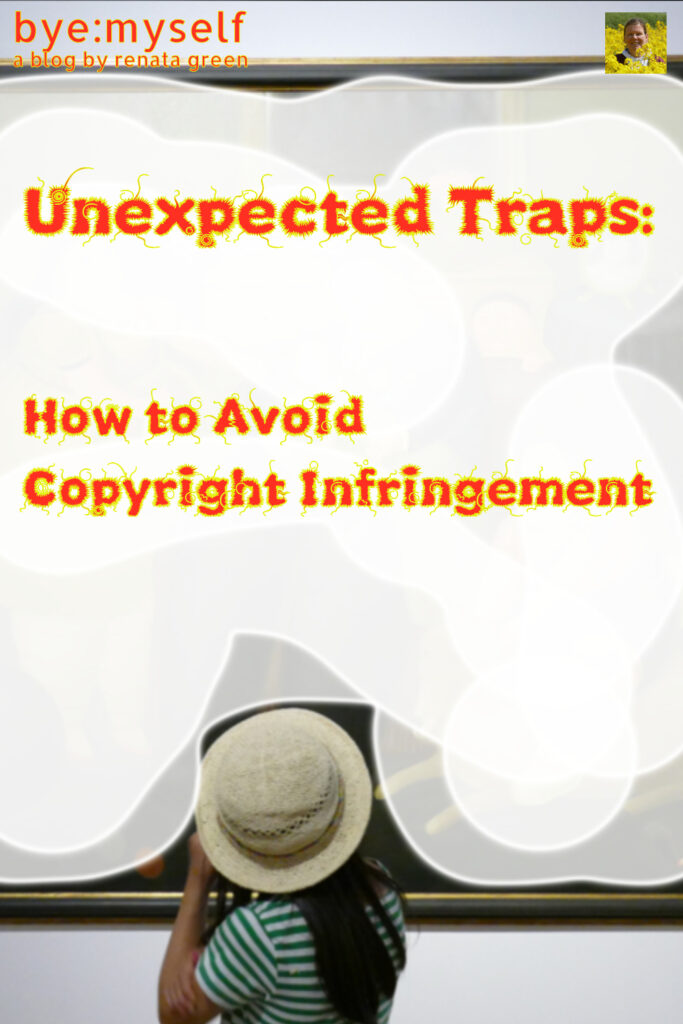
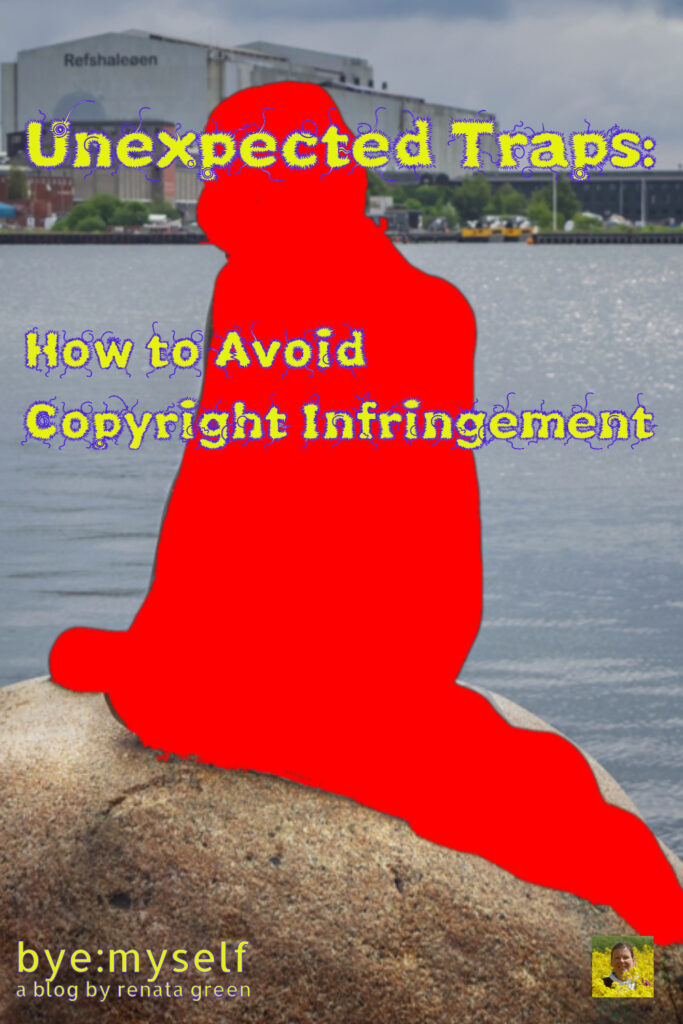
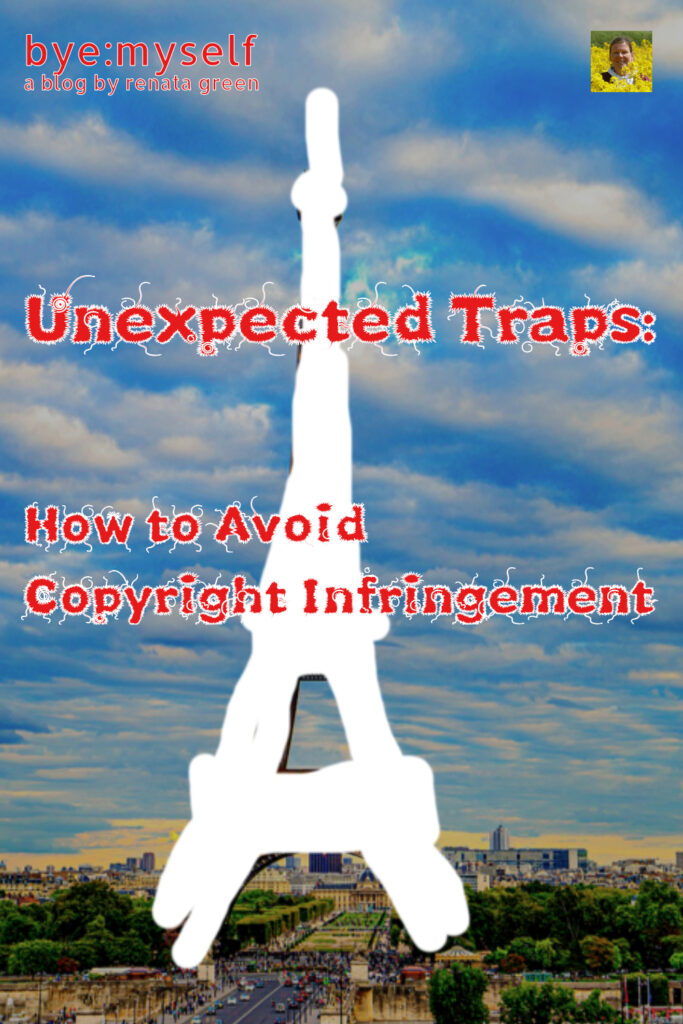
Did You Enjoy This Post? Then You Might Like Also These:
Individual Solo Trip to KOREA – All Your Questions Answered
All You Need to Know Before Visiting a Korean Spa
Solo Female Travel to Morocco – All Your Questions Answered
how fast travel health insurance pays off
All you need to know before going to GERMANY
How (not) to behave in JAPAN
Solo Travel: Pictures of Yourself – More Than Just Selfies
Solo Travel With Kids: Baby, Toddler, School Kid, Teenager – How to Survive Travels With a Child
*Important disclaimer: I did lots of research for this post and cite only sources that look trustworthy. However, I’m providing this information and tips as a convenience and for informational purposes only. They are by no means official legal advice. Most of all, I bear no responsibility for the accuracy and legality.







